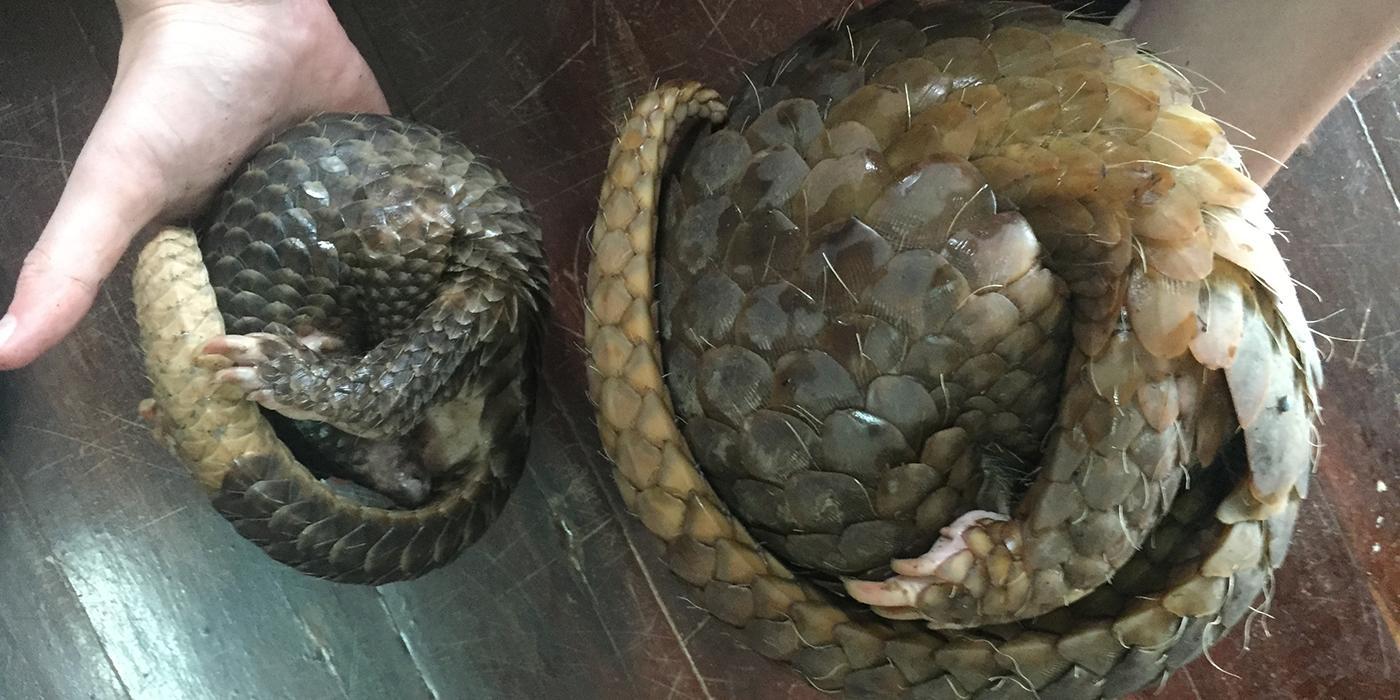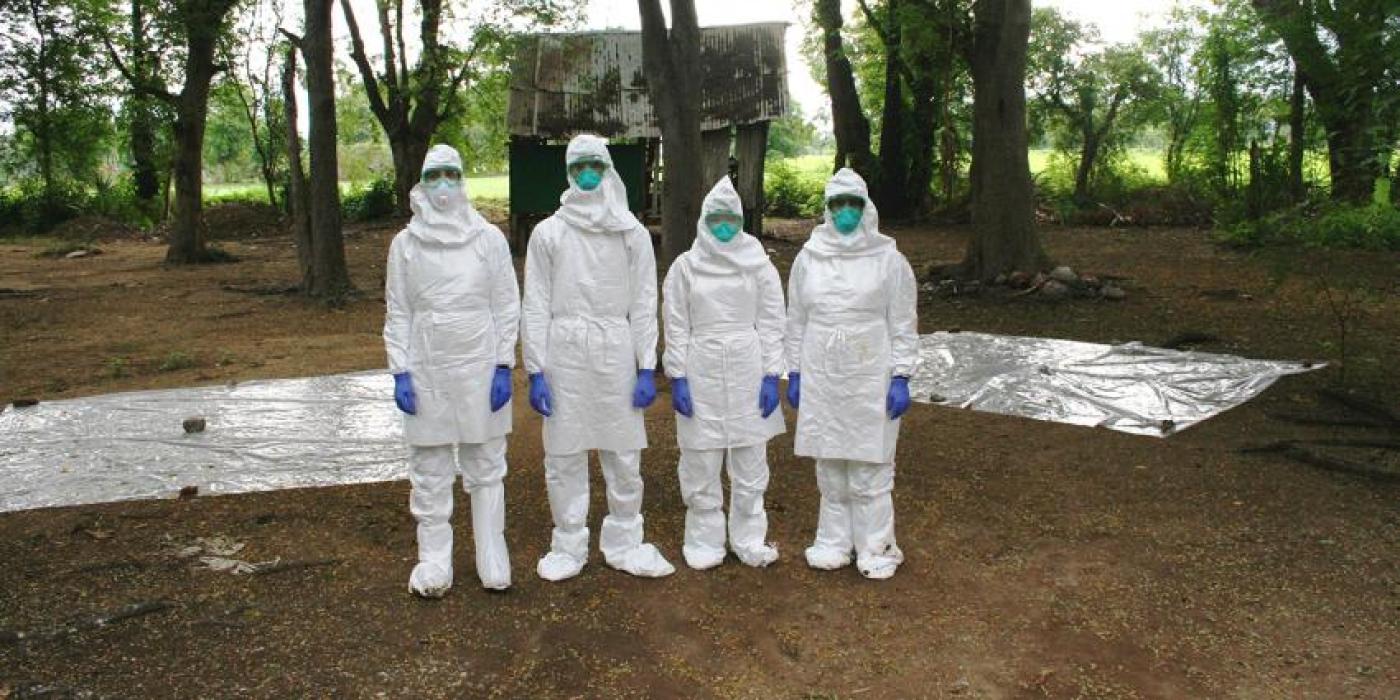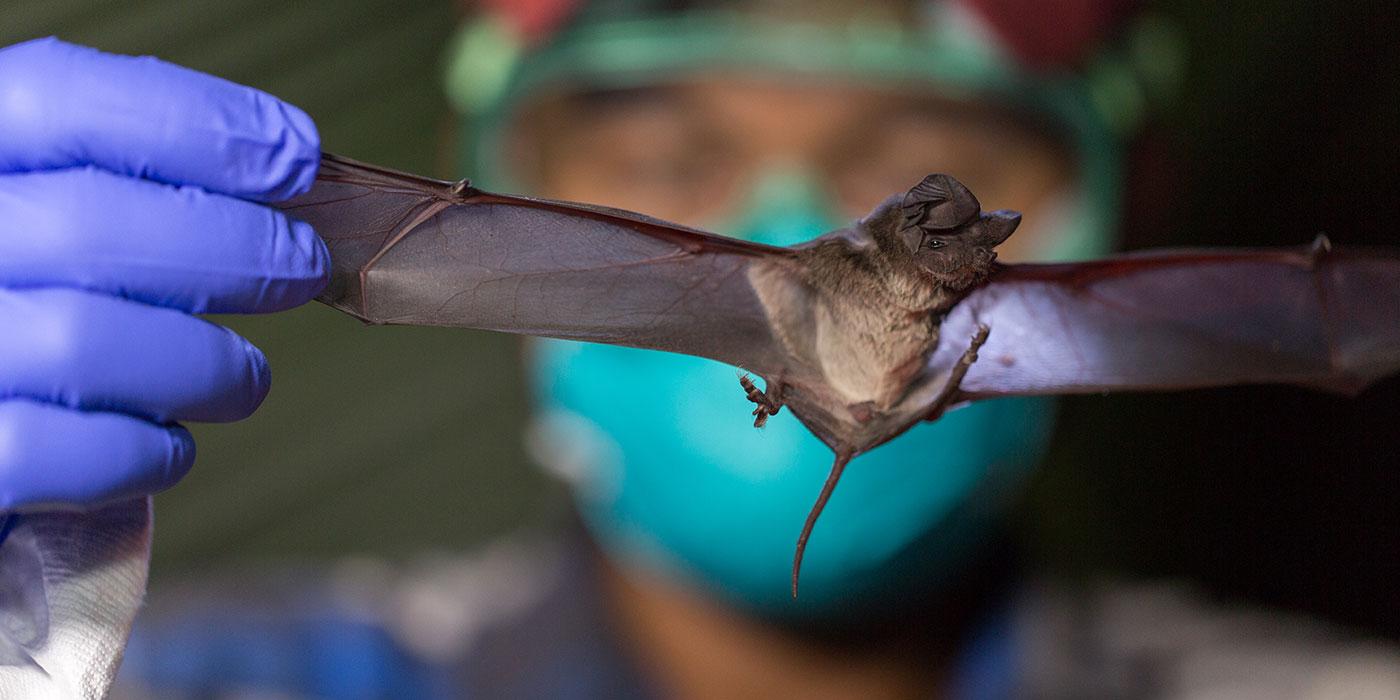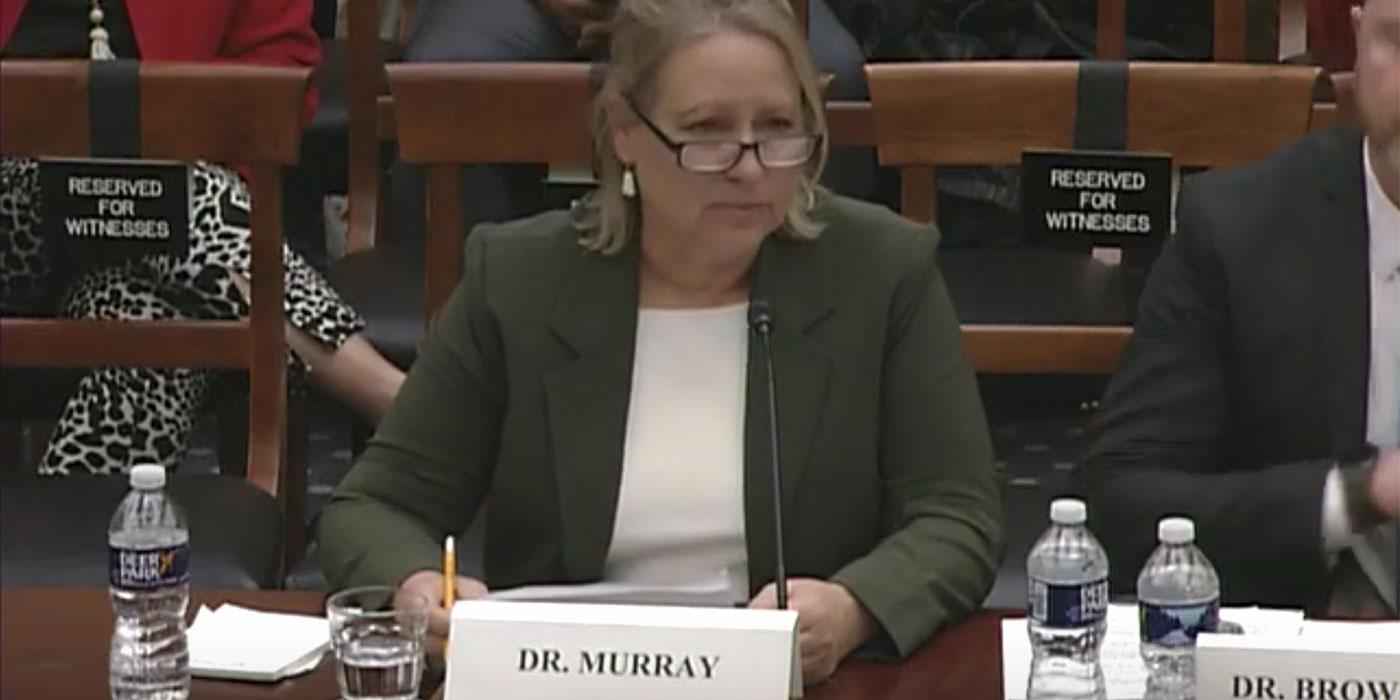Predicting the Future of Global Health
Where and when will the next global health crisis occur?
As part of USAID’s Emerging Pandemic Threat (EPT) program, PREDICT, scientists in Smithsonian’s Global Health Program are on the ground in Myanmar, training local wildlife biologists on how to answer that very question.
“We’re identifying and characterizing viruses that have the potential to cause pandemic diseases” said Marc Valitutto, a wildlife veterinarian with the Global Health Program. “We’re the first to implement PREDICT in Myanmar and take an in-depth look at the risk of viral outbreaks, including viruses like Ebola, SARS, MERS, and Avian Influenza. We will be able to use the information gathered from our surveillance and analysis to help the government and our counterparts at the World Health Organization, Centers for Disease Control and Prevention, and Food and Agricultural Organization of the United Nations prepare for an outbreak.”
To conduct their research, Global Health Program scientists and local biologists travel to the Hlawga and Hpa An National Parks. The team collects samples as often as possible throughout the wet and dry seasons. Many of the animals in this park—particularly rats, bats and rhesus macaques—are well-adapted to living with humans, and interactions are common. Within the same region, the team tests livestock, such as cattle and swine, and works with local hospitals to see if any viruses are spilling over from wildlife into domestic animals or humans.
Scientists collect both animal and human samples, looking at oral swabs as well as blood, urine and feces for any signs of genetic material from dangerous virus families. Part of the training encompasses how to collect the samples safely with the proper biosecurity gear and how to screen the samples for potential pathogenic viruses.
“In addition to identifying potential for disease outbreaks in humans, our research is inextricably linked to the health of animals, and has led to collaborative efforts to save endangered species,” Valitutto said. “One of the biggest threats to endangered species is the illegal poaching of animals for their body parts or consumption. However, there have been some reports that identify certain species—including palm civets and pangolins—as carriers for pandemic diseases such as SARS. Once an animal is identified as a carrier, the consumption tends to plummet. Sharing the knowledge we have learned about these species is an effective way to get people to change their behaviors, helping to both save species and prevent public health crises.”
The USAID PREDICT program occurs in more than 30 countries around the world; in the last five years, it has helped scientists identify over 800 novel viruses. Administered by UC Davis, the PREDICT program is a collaborative effort that includes the Smithsonian Institution, Wildlife Conservation Society, Metabiota, and EcoHealth Alliance.






